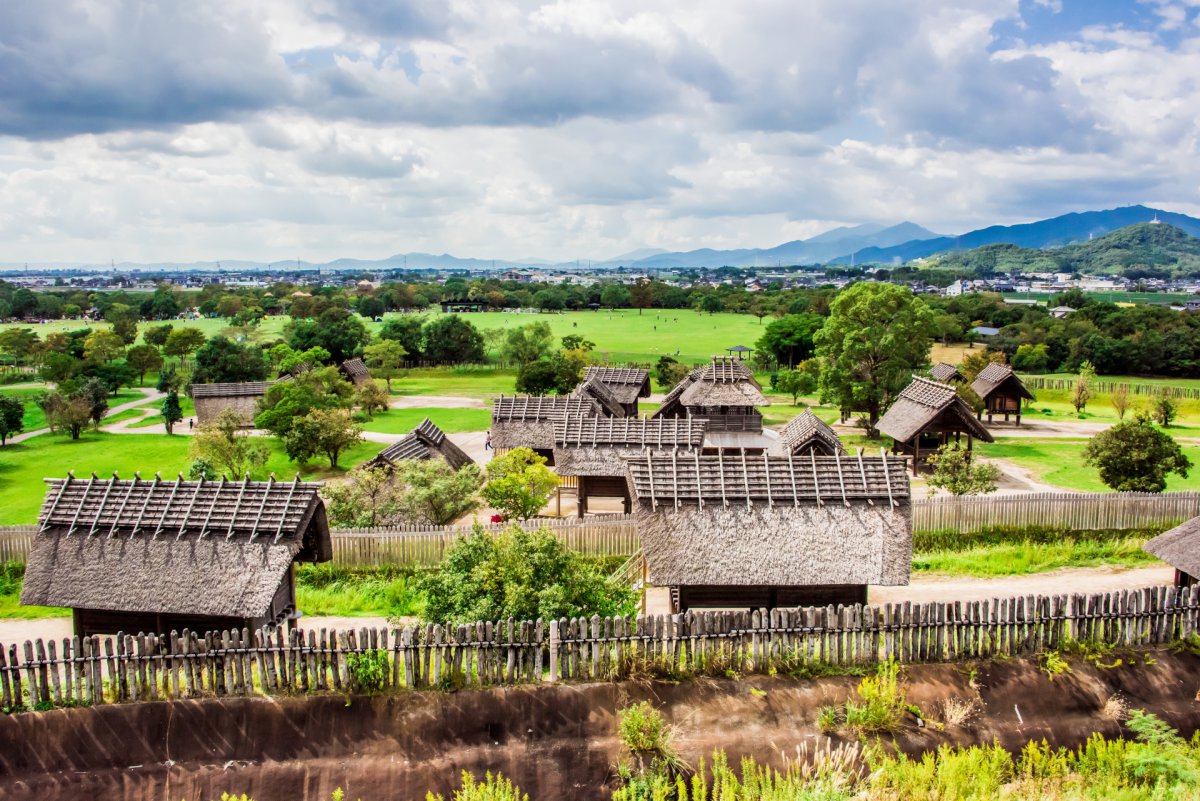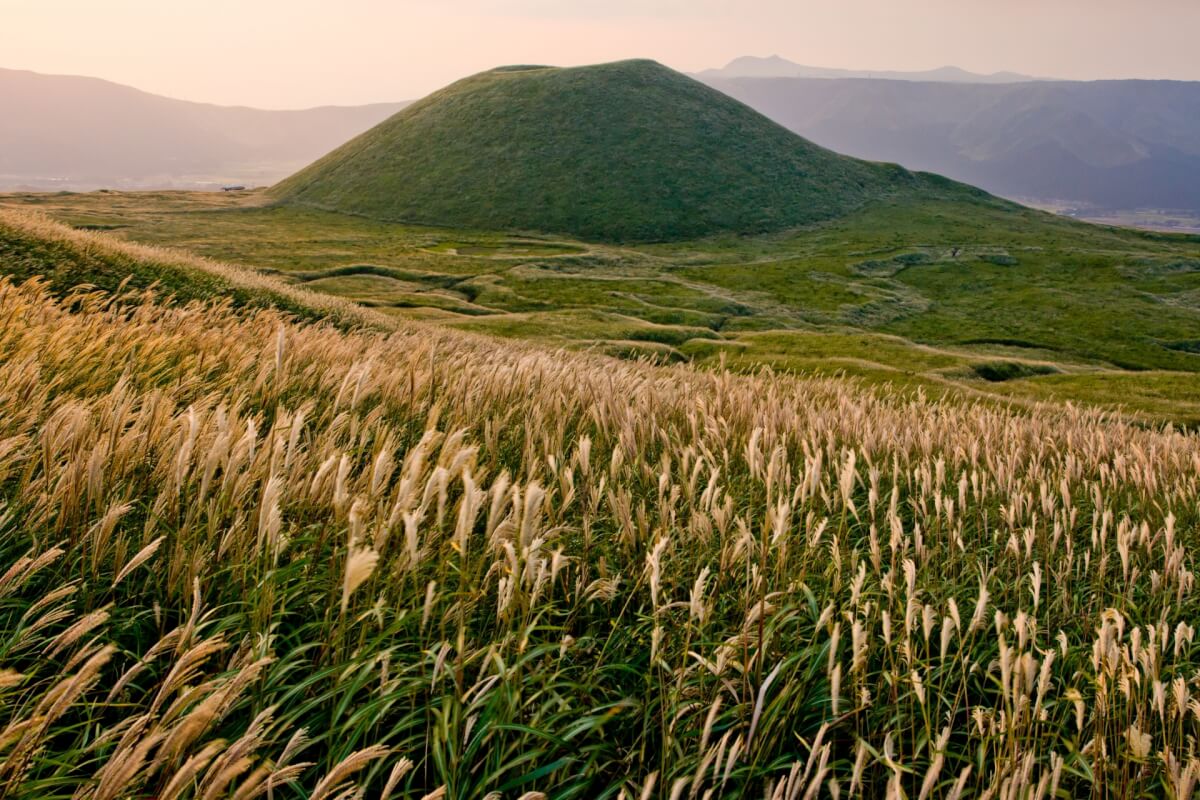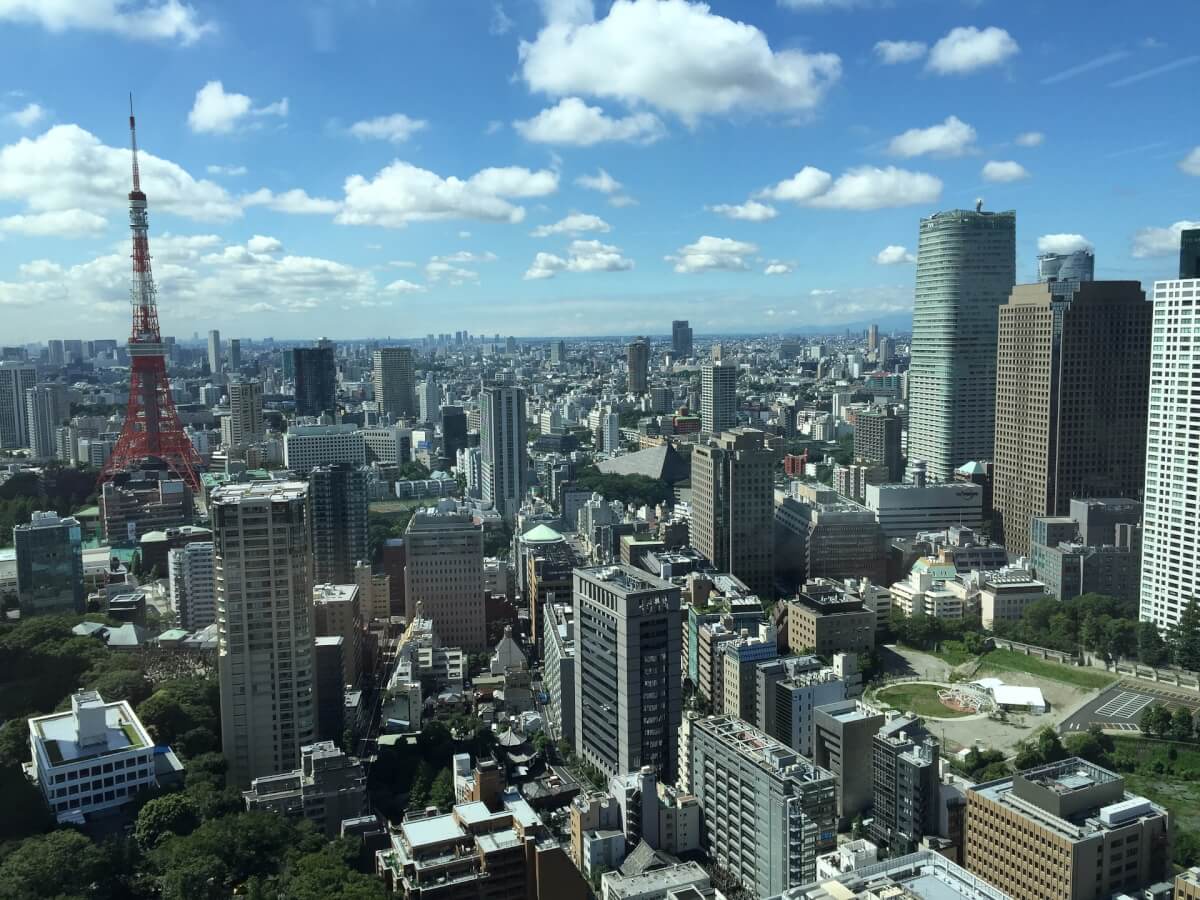Saga is a small prefecture on the western side of the island of Kyushu. Saga is famous for its pottery, especially porcelain pieces from the town of Arita and Imari are popular nationwide and even internationally. Besides potteries, there are a number of pretty sights scattered around the prefecture including hot spring towns and historical sites. Here are the best places to visit in Saga.
Other Places to Visit in Kyushu
1. Yoshinogari Park

This park is an outstanding archaeological site where you will find settlements which are said to date from the Yayoi Period (300 BC to 300 AC). It is the largest and most important Yayoi Period site in Japan where dozens of pit dwellings, elevated store houses, shrines and over 2,000 tombs were unearthed. Today this archaeological site has been preserved with impressive reconstructed villages. You can explore the villages and enter many of the houses to learn about Yayoi period in Japan.
Access
From Saga Station, take Nagasaki Main Line to JR Kanzaki Station or JR Yoshinogari Koen Station.
2. Saga Castle
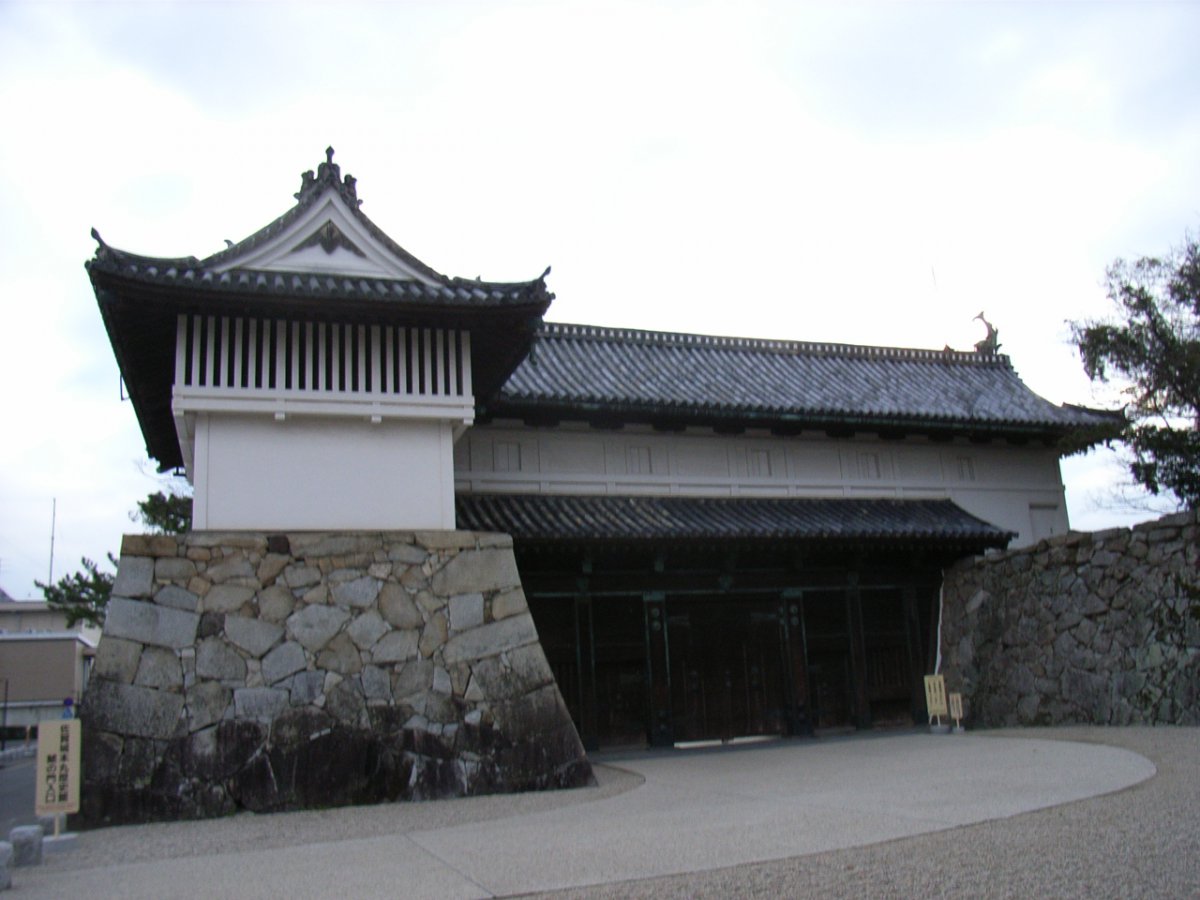
Unlike many other castles in Japan, Saga Castle is a hiraijiro which is a castle built on a plains rather than a hill or mountain and surrounded by a wall rather than being built above a stone base. The original was constructed in 16th century, but has been destroyed by fire or in the fighting and has been reconstructed several times over the centuries. The current main palace at Saga Castle was reconstructed from 2001 to 2004 and is claimed to be the largest wooden castle in Japan.
Access
30 minute walk from Saga Station.
Take a bus from Saga Station and get off at Sagajoato Bus Stop.
3. Arita and Imari
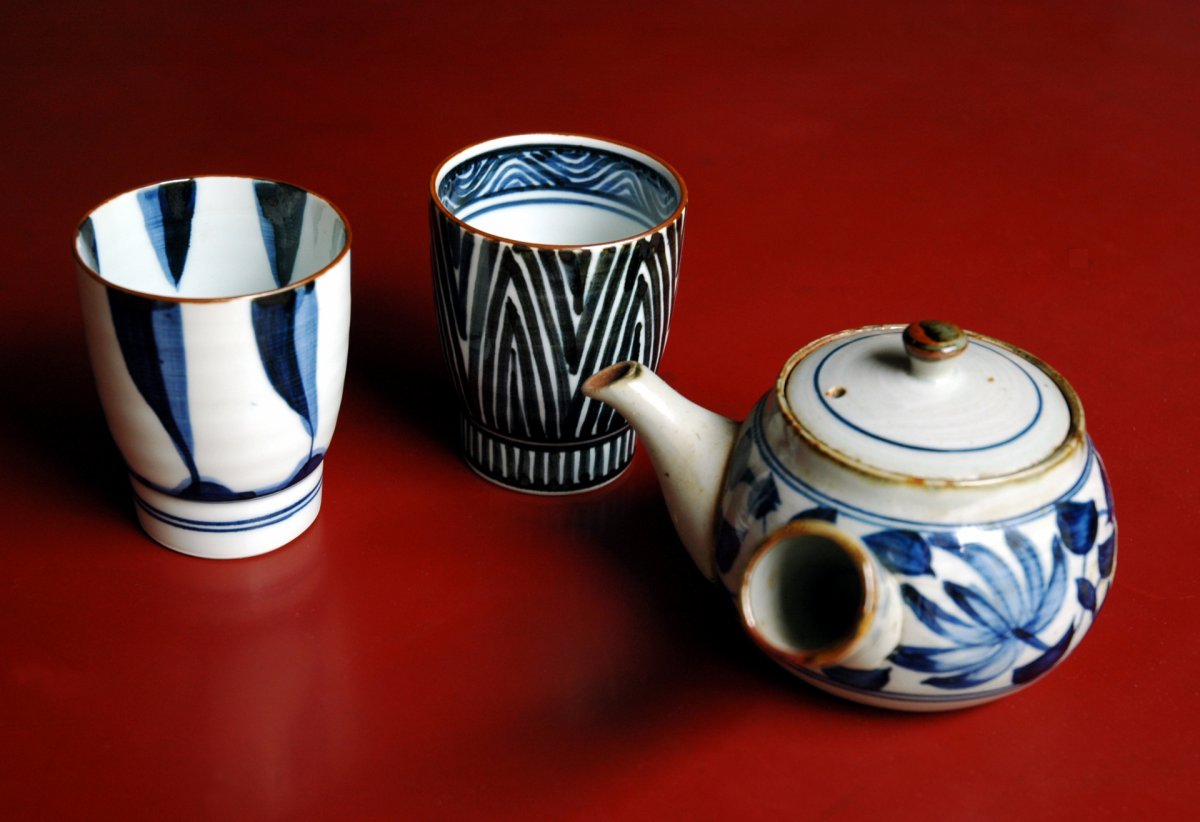
Saga is famous for pottery production and especially Arita and Imari are the towns known for producing Japanese traditional porcelain. Arita City is the birthplace of Japanese porcelain which started to be produced about 360 years ago. Imari City first prospered as a port city exporting the Arita porcelain and later the production of their own pottery and porcelain in Meiji Period. In both cities, there are shops and galleries where you can purchase pottery and porcelain pieces for excellent souvenirs or gifts.
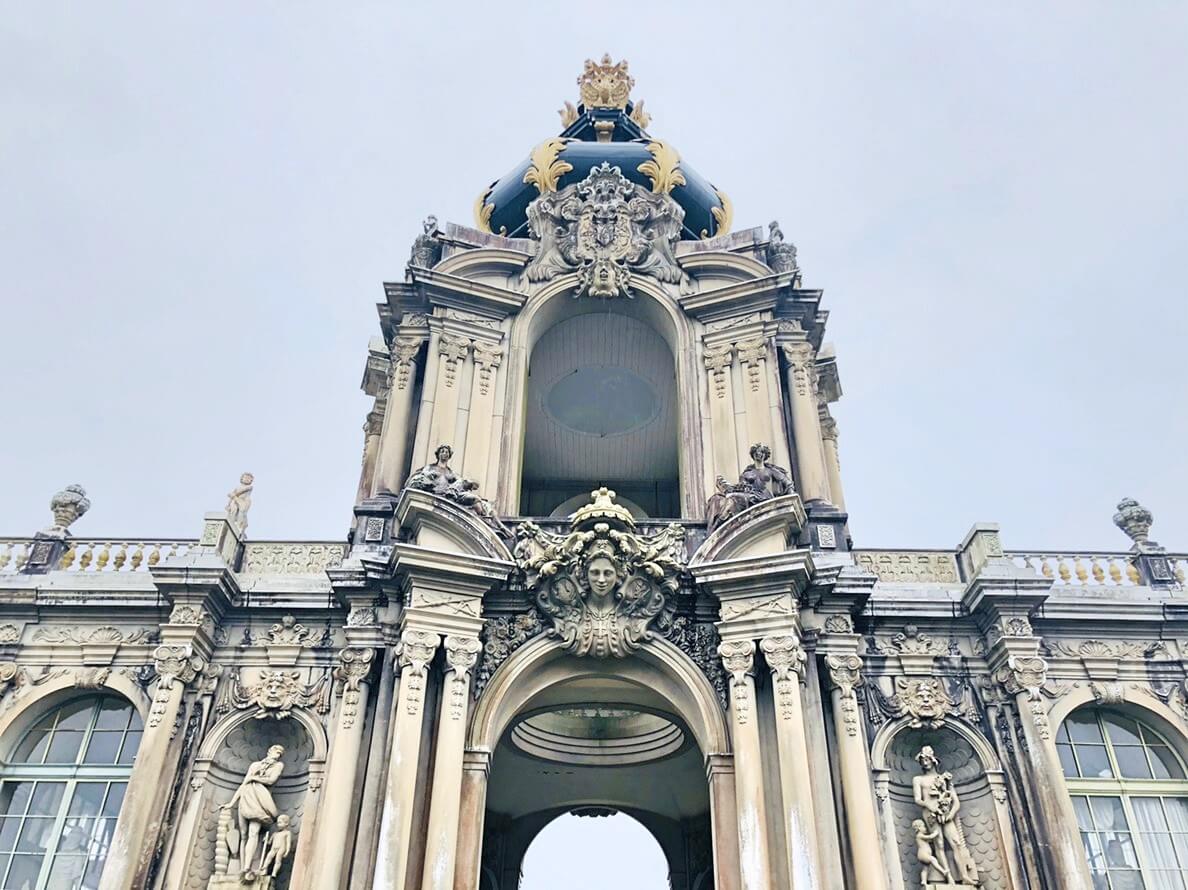
Arita Porcelain Park located 8 minutes by taxi from JR Arita Station is recommended place for tourists and it is free to enter. This large park consists of a number of facilities including workshop for Arita porcelain, restaurants, event space, Japanese sake brewery, gardens, and golf course. The main attraction of the park is a large palace which looks like the Zwinger in Dresden in Germany, the sister city of Arita. The palace serves as a museum for porcelain made in Saga Prefecture whose exhibition includes pieces made before Edo and Meiji periods and a grand flower base which was made for the Vienna Expo in 1870s.
Access to Arita
From Fukuoka Station, take the direct train to Arita Station (~90 min).
Note: many of Arita’s main attractions are located around Kami-Arita Station, 3 minutes by train from Arita Station.
Access to Imari
From Fukuoka board the train towards Kuratsu and switch there to the train to Imari Station (~2 hrs).
From JR Arita Station, take Matsuura Train bound for Imari, get off at Imari Station (~25 min).
4. Takeo Onsen
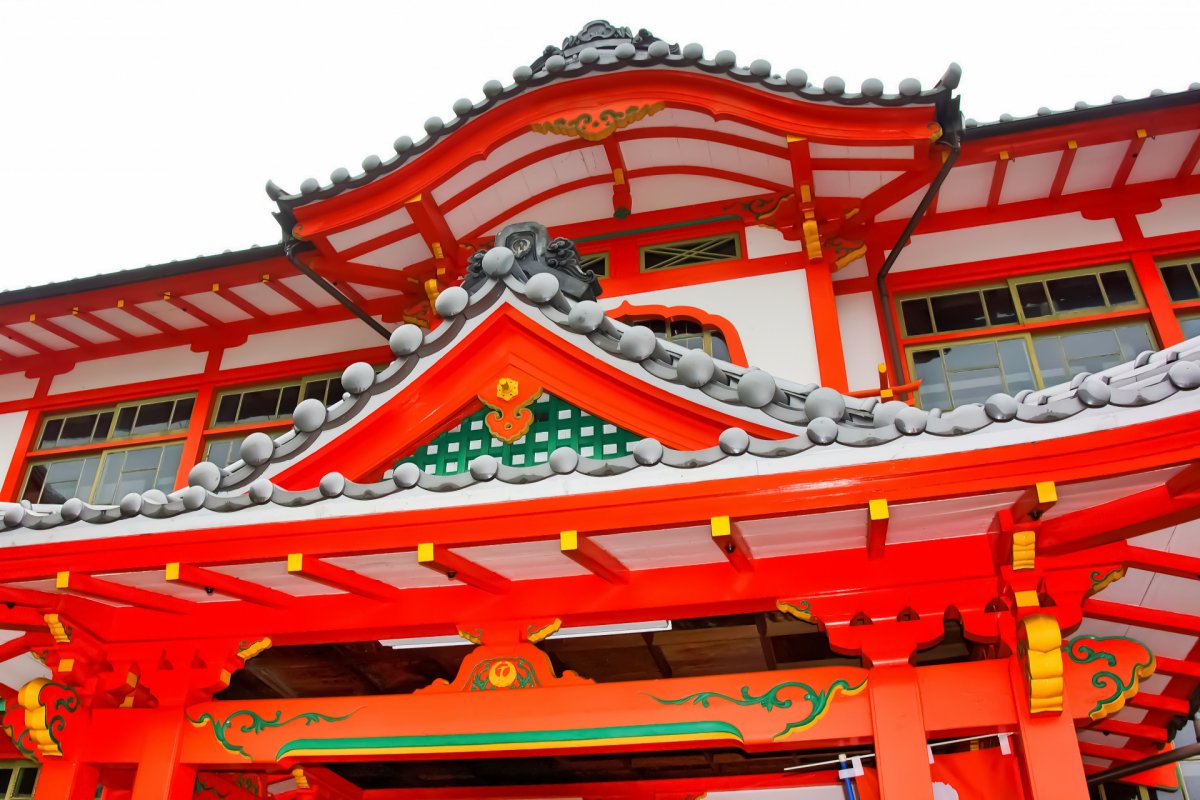
Takeo Onsen is a hot spring resort with over 1,300 years of history. The landmark of Takeo Onsen is the gate of Takeo Onsen Public Bath build in 1915 which was designed by Kingo Tatsuno who also designed Tokyo Station. This gate was constructed with a unique architectural style which is characterized by using no nails and is designated as a National Important Cultural Property. As you go through the gate, you can find several buildings. The Takeo Onsen Shinkan, also designed by Kingo Tatsuno, was once used as a public bath and now serves as a resting place with gift shops. There are three different public baths and two private baths where visitors can reserve to enjoy with family or friends.
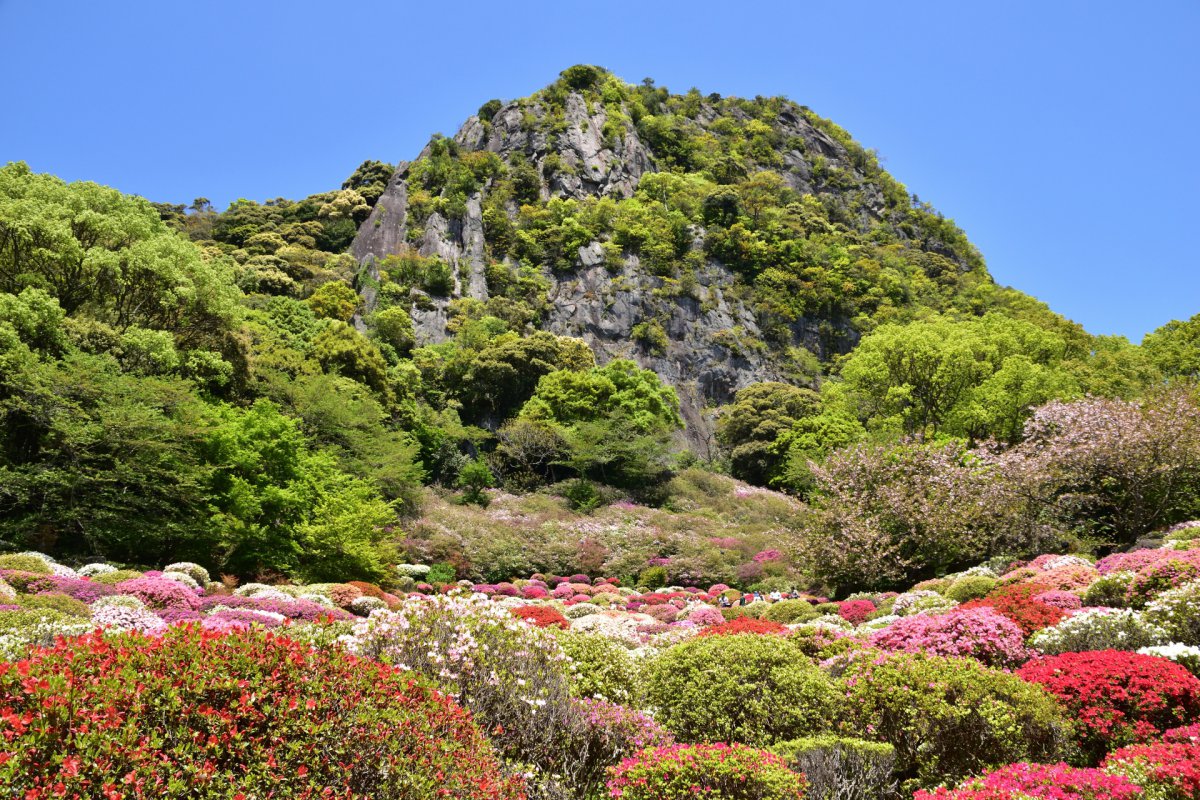
Near the onsen resort, there is Mifuneyama Rakuen which is a huge garden located at the foot of Mount Mifune. It was constructed in 1845 by a feudal lord Shigeyoshi Nabeshima. The garden is carefully designed to present the beauty of each season, and especially in spring and summer it is filled with countless varieties of flowers. It is located 5 minutes by taxi from Takeo Onsen Station.
Takeo Shrine can be found also near the Takeo Onsen resort. This shrine is the oldest in the city and famous for the large camphor tree which is estimated to be 3,000 years old standing in the shrine ground. It is located 5 minutes by taxi or about 25 minutes by foot from Takeo Onsen Station.
Access to Takeo Onsen
From JR Saga Station, take JR Sasebo Line, get off at Takeo Onsen Station (about 25 minutes).
5. Ureshino Onsen
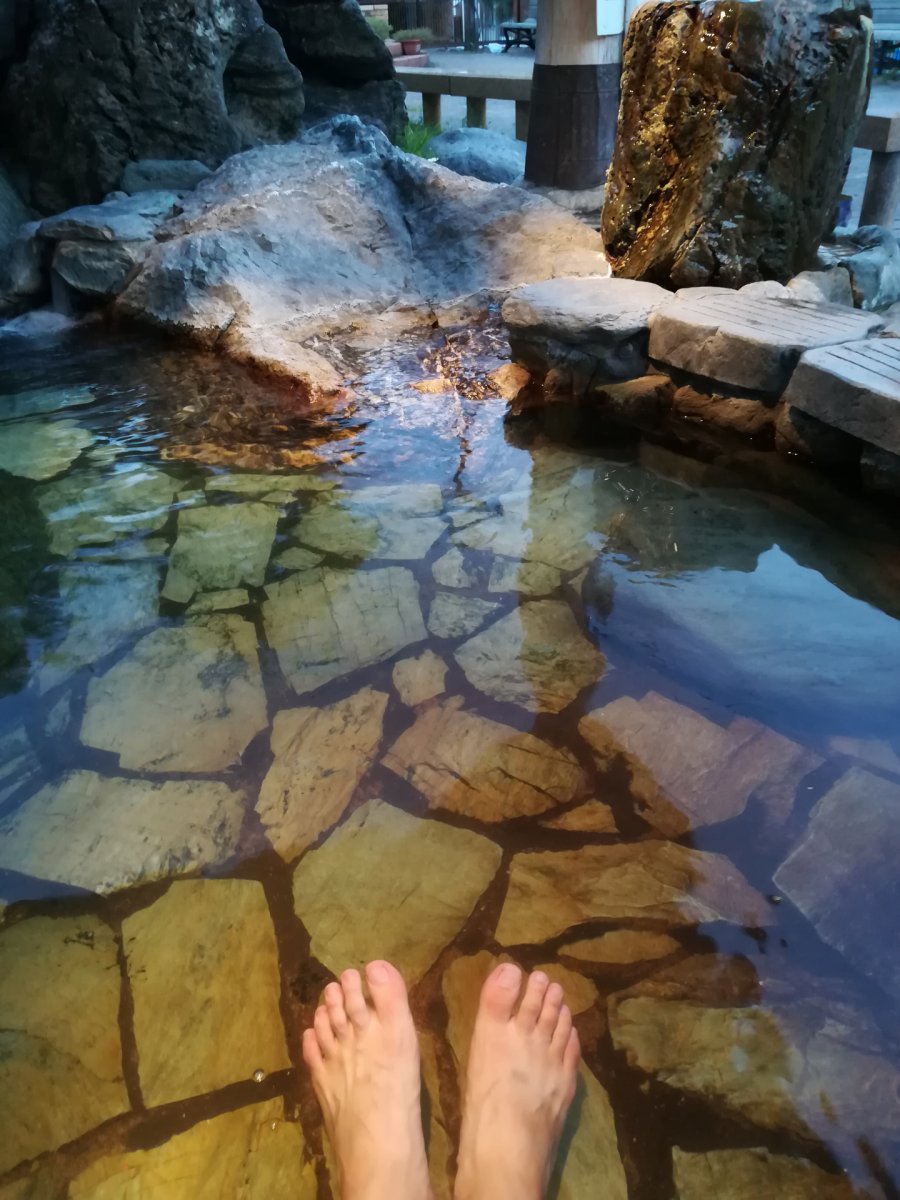
It is a hot spring town famous for clear thermal water that feels extremely smooth on skin. It has been selected as one of the top hot springs in Japan for making skin beautiful. “Siebold no yu” is a public hot spring facility named after the 19th century German scientist who enjoyed bathing in the town during his stay in Japan. The facility contains public bath, gallery and rest place. There are many hotels and ryokan (Japanese traditional inn) as well as drop-in onsen in the town where you can enjoy hot springs.
Access
From Takeo Onsen Station, take JR bus, get off at Ureshino Onsen Bus Stop (~30 min).
6. Yutoku Inari Shrine
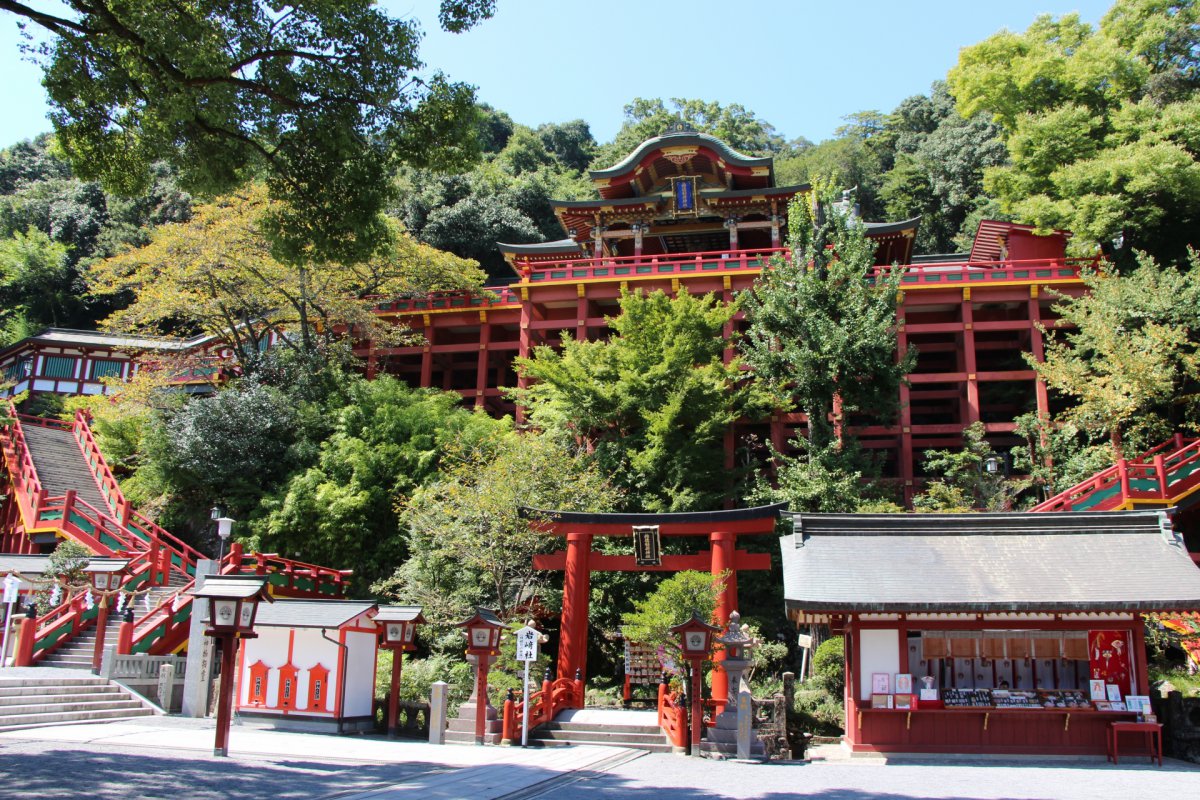
This shrine is one of Japan’s top three shrines dedicated to Inari alongside Fushimi Inari Shrine in Kyoto and Toyokawa Inari Shrine in Aichi. Yutoku Inari Shrine was constructed into the steep hillside of a valley in 1687 by the wife of the local lord. The main hall stands on tall wooden beams 18 meters above the valley floor. From the main hall, a walking path leads further into the wooded hill where numbers of torii gates and some smaller shrines stand. On top of the hill you can find the small Okunoin shrine hall which is dedicated to the spirit of a white fox that is considered to deliver the message to the god of Inari. From the top of the hill you can also see nice views over Kashima City and nearby Ariake Sea.
Access
From JR Hizen Kashima Station, take Yutoku Bus bound for Yutoku Shrine Mae, get off at Yutoku Shrine Mae (about 10 minutes).
Where to stay in Saga
- Ureshino Motoyu – 3-star ryokan with superb hot springs in Ureshino
Ryokan Yoshida – Modern yet great mix of Japanese traditional style ryokan - Kyotoya – 2 minutes walk from Takeo Onsen Train Station, with antique decor reminiscing of Taisho period (1912-1926)
How did you think about Saga? Although it is a small prefecture, you can experience rich culture, nature and history that this prefecture offers. There are public transportations to Saga’s attractions from main cities in neighboring prefectures such as Nagasaki and Fukuoka.
Follow us on Instagram or Facebook for more travel inspiration. Or tag us to get featured!
Happy traveling!
This post may contain some affiliate links. When you click through and make a purchase we may receive some commission, at no extra costs to you.
